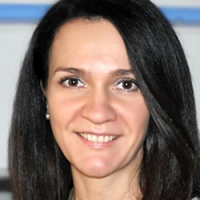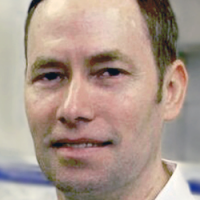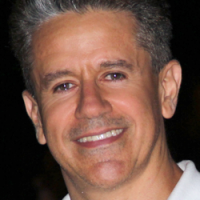Academic Appointments: Assistant Professor, Chemistry and Biochemistry Department, Brooklyn College, The City University of New York Faculty, Chemistry, Biology and Biochemistry PhD Programs, The Graduate…
Group: Drug Development and Delivery
Drug Development and Delivery members
Academic Appointments: Dean, School of Natural and Behavioral Sciences, Brooklyn College, The City University of New York Professor, Department of Biology, Brooklyn College, The City…
Academic Appointments: 2020-present Joint Appointment, PhD Program in Biochemistry, Graduate Center of CUNY 2019-present Professor, Chemistry and Biochemistry Department, Brooklyn College 2017-2019 Associate Professor,…
Academic Appointments: Associate Professor, Chemistry and Biochemistry Department, Brooklyn College, The City University of New York Faculty, Chemistry, Biology and Biochemistry PhD Programs, The Graduate…
Academic Appointments: Professor of Chemistry and Biochemistry Department, Brooklyn College of CUNY Professor of Chemistry, The Graduate Center of CUNY Degrees: BS California State University,…
Academic Appointments: Associate Professor, Chemistry Department, Brooklyn College, The City University of New York Faculty, Chemistry, Biology and Biochemistry PhD Programs, The Graduate Center, The…
Academic Appointments: Associate Professor (Sept. 2020), Chemistry Department, Brooklyn College, The City University of New York Doctoral Faculty, Chemistry PhD Program, The Graduate Center, The…
Academic Appointments: Professor, Chemistry and Biochemistry Department, Brooklyn College, The City University of New York Faculty, Chemistry, Biology and Biochemistry PhD Programs, The Graduate Center,…








